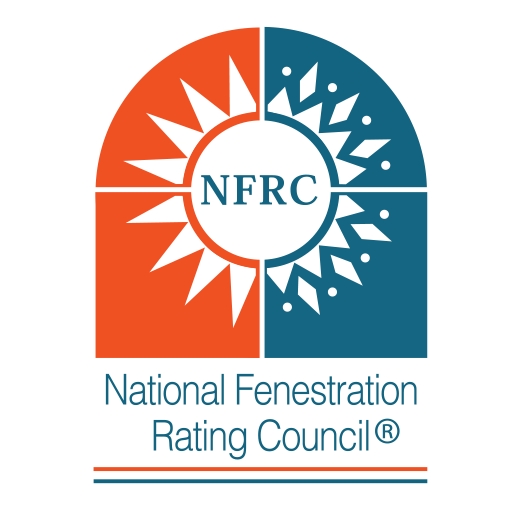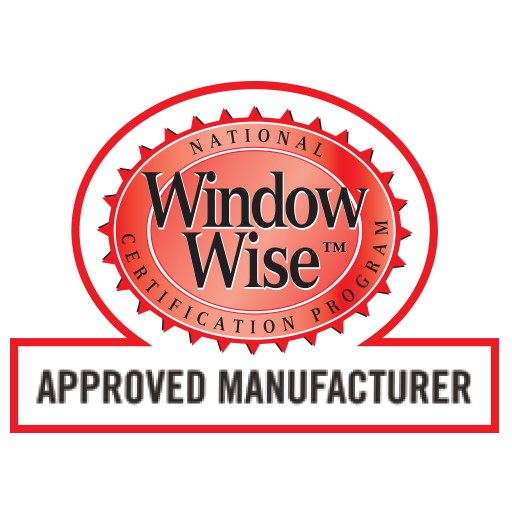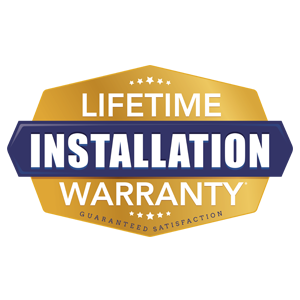Factors affecting energy efficiency
Energy balance
All fenestration products experience some heat loss:
- radiation—heat energy is absorbed by the glass and radiates toward the cooler side
- conduction—heat energy moves through solid materials that make up the frame, sash or spacer bars
- convection—heat energy is transferred to the air between and around the glass
- air leakage—heat energy is transferred to air moving through seals or gaps in the frame
Windows can also gain passive solar energy through the glass to help offset energy costs during the heating season. This balance is reflected in the energy-performance ratings.
Product type and air leakage
Windows and skylights that do not open are more air-tight than ones that do. Hinged windows (casements, awnings, hoppers, tilt-turns) are more air-tight than sliders. Hinged doors are usually more air tight than sliding doors because they have compression seals—a soft, elastic material fills the gap between sash and frame.
Materials
Windows, doors and skylights are available in a wide variety of materials, including aluminum, steel, fiberglass, vinyl and wood. Frames and sashes made from vinyl or fibreglass have multiple interior chambers which can be foam-filled to increase efficiency. Vinyl can also be formed as one solid piece with very small air pockets. Frames and sashes made from metal tend to be less energy efficient because metal conducts heat more readily but this material is often used in fenestration products installed in high-rise and commercial buildings to meet building and fire codes.
Glazing
Glazing is the term for the transparent material, usually glass, used in a window, door or skylight. Usually the glazing is contained in something called an insulating glass (IG) unit which consists of at least two panes of glass separated by a spacer bar and sealed around the edges to make them airtight.
The more glazing layers, the better. For example, triple glazed products have three layers of glass and are up to 50 percent more efficient than double glazed products. A thin layer of polyester film may be used to replace one pane of glass and reduce the overall weight.
Low-E glass has a fine metal coating designed to reduce heat loss in winter and heat gain in summer by up to 30 percent. Tinted glass will reduce summer cooling costs but may increase heating costs in the longer heating season.
IG units are typically filled with an inert gas such as argon or krypton to reduce heat transfer through the glass.
The spacer bar may be made of foam, plastic, glass or stainless steel to reduce heat loss. The spacer bar has a desiccant in it that absorbs moisture after the unit is sealed to prevent fogging.
Some windows have metal or plastic grilles inside the IG unit to give the artistic effect of many individual panes of glass. These popular features also reduce the amount of solar heat entering the home.

Features of a typical energy-efficient residential window
Illustration showing a typical energy-efficient residential window with triple glazing, low-e coatings on the glass, inert gas fill and warm edge spacer between the glass panes, compression seals, non-metal frame and sash with foam insulation and minimal metal reinforcement.
(Source: Energy Star Canada – https://www.nrcan.gc.ca/energy-efficiency/energy-efficiency-products/product-information/windows-doors-skylights/technology-primer/14432)
















